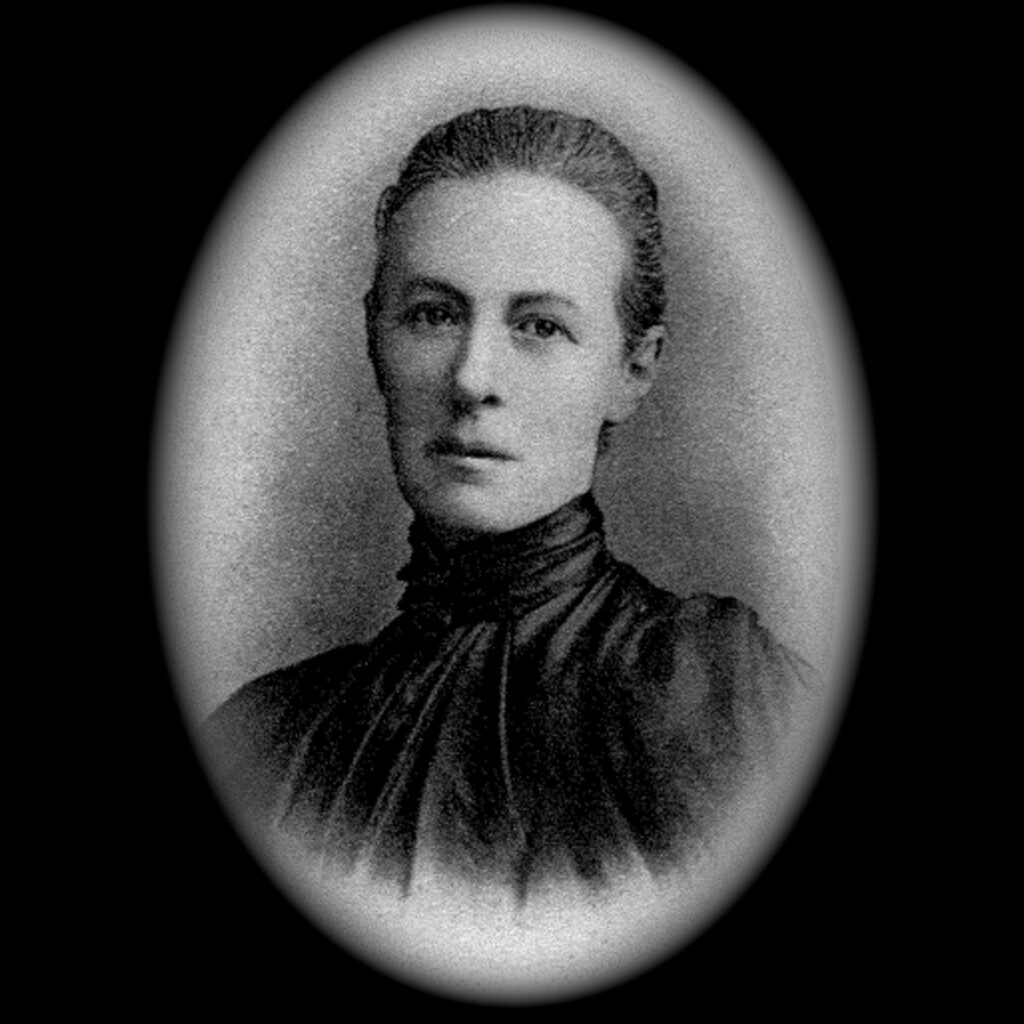She later faced a huge choice. Lilias was a gifted artist. In 1876 her mother sent some of Lilias’ drawings to the famous art critic and social philosopher John Rustin, one of the most influential British men of that time. Rustin praised Lilias’ artistic skill and told her that if she would devote herself to her art “she would be the greatest living painter and do things that would be Immortal.”
But Lilias made a choice; she chose a different kind of immortality. In May 1879, she decided that she could not give herself “to painting and continue still to ‘seek first the kingdom of God and His righteousness.’”
She had a heart for the poor. She searched the streets alone at night near London’s Victoria Station for prostitutes, asking them to get help to train for an employable skill or to simply spend a night in a hostel. Such work was unusual for respectable young women like her at that time.
Then she faced a second choice. She began to feel an impulse toward foreign missionary work. She said that whenever she prayed, the words ‘North Africa’ sounded in her soul as though a voice were calling her. In May 1887, when a missionary asked in a meeting if God was calling anyone to North Africa, Lilias responded and said, “He is calling me.”
“…if God needed weakness, He had it!”
But then her struggles began…
1. Her calling to Africa was challenged. She applied as a candidate to the North African Mission, but was rejected because she was unable to pass the health examination – she had suffered long-term health problems from a failed operation. However, she offered to use her own finances and so the Mission said she could “work in harmony” with the society without being an official member.
2. Her early days in Algeria were hard. Having left the comforts of upper-class British society to share the gospel to the lost of Algeria, she arrived in March 1888, with two other financially independent women. She commented that “three of us stood there, looking at our battlefield, none of us fit to pass a doctor for any society, not knowing a soul in the place, or a sentence of Arabic or a clue for beginning work on untouched ground; we only knew we had to come. Truly if God needed weakness, He had it!”.
The women moved into the French Quarter and diligently studied Arabic.
3. They faced a challenge in reaching the local people. Lilias said that the early years were like “knocking our heads against stone walls,” but the team battled on, trying one technique after another in an attempt to make inroads into the Algerian culture and all the while improving their Arabic. Eventually, Lilias was able to gain access to the heavily secluded Muslim women by first befriending their children. The outreach to women, she believed, was a “great line of cleavage in the rock face of Islam.”
4. The cost of the work was very high. Those they led to faith in Jesus were sometimes banished, beaten, even (Lilias believed) poisoned with mind-altering drugs. Many converts died. Amazingly, Lilias “came to rejoice in their loss. We were glad to let them go… One draws a breath of relief when they get safe home to heaven.”
In spite of all these battles the work grew. In 1907 five new workers joined the “Algiers Mission Band.” By 1920, there were thirty full-time workers and fifteen preaching stations. Lilias became the reluctant leader of the group, which in 1907 was named the Algiers Mission Band.
Perhaps her most important achievement was to be a pioneer in adapting Christian missionary work to the Algerian culture. Referring to evangelistic meetings as a “European idea”, she proposed evangelising with “a native cafe on a Christian footing,” readings of the Bible in a “rhythmical recitative” accompanied by a drum, a craft house that would teach little girls embroidery, and a Christian retreat for women to take the place of the outings to shrines.
She died in Algeria in 1928. As she lay dying, those around her sang her favourite hymn, “Jesus Lover Of My Soul”. Then she suddenly exclaimed, “A chariot and six horses.” “You are seeing beautiful things,” someone asked. “Yes,” she said, “many, many beautiful things.” The artist in Lilias was finally fulfilled in her going to be with Jesus.



